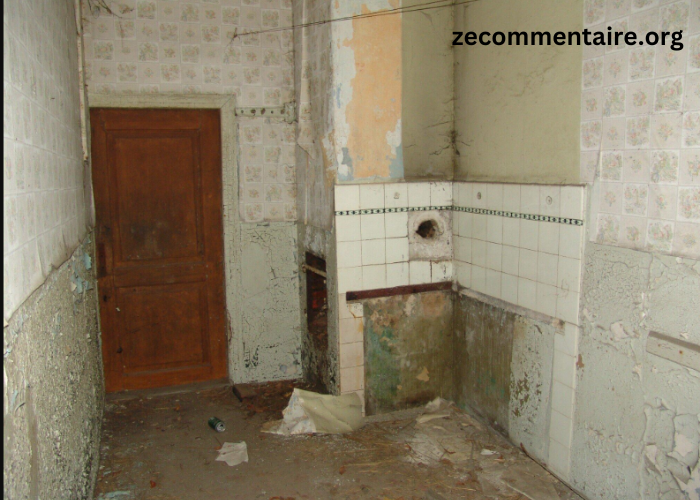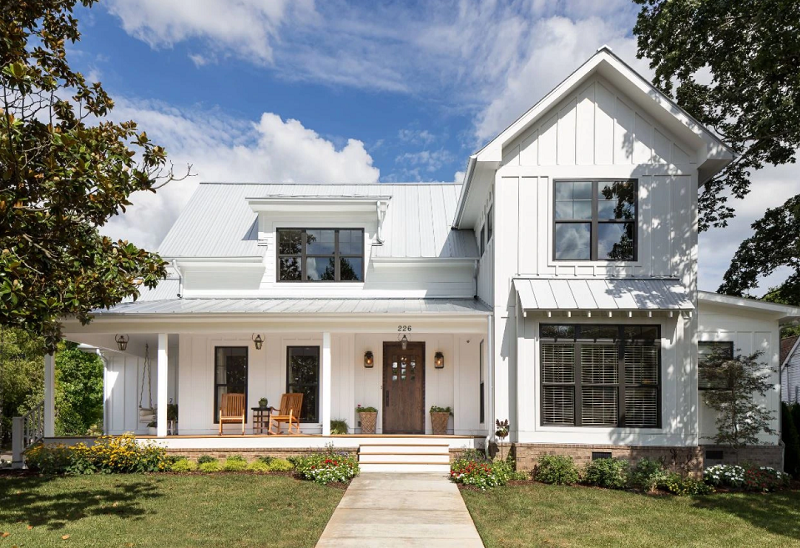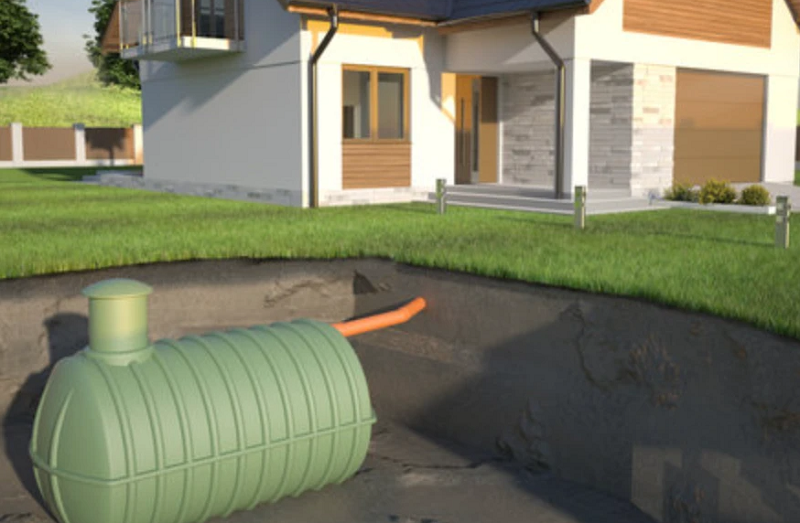Have you or someone you know dreamed of transforming a worn-down house into a charming home? It’s exciting to think about turning something old into something new, but there’s more to it than just buying some paint and getting started.
Restoring a severely damaged house might seem like a fun project, but it comes with hidden renovation costs that could surprise you. In this guide, we’ll explore these unexpected expenses and share budgeting tips to help you stay on track. Whether you’re dreaming of your future or just curious about how homes get their glow-ups, this guide has got you covered!
The Foundation Fix-Up
One of the first things you might need to check when restoring a damaged house is the foundation. Imagine the foundation as the house’s shoes, if they’re wobbly, the whole house might not stand right. Fixing a foundation can be tricky and expensive because it’s such an important part of the house.
Roof Repairs and Surprises
The roof is like a house’s hat, it keeps everything dry and protected. Leaks can cause damage inside the house, leading to problems like mold or ruined walls. Repairing or replacing a roof can be another big expense.
When fixing a roof, it’s essential to check for hidden damage. Sometimes, water can seep through tiny cracks, causing the wood beneath to rot.
Walls and Insulation Woes
Walls do more, and proper insulation keeps us warm in winter and cool in summer. But if walls are damaged, they might not insulate the house properly. This means higher energy bills since heating or cooling escapes easily.
When restoring a house, making sure the walls are well-insulated is important. Using materials like foam or fiberglass can help keep temperatures comfortable.
Kitchen and Bathroom Overhauls
The kitchen is often the heart of the home, while bathrooms are essential for comfort. But these areas can be costly to restore, especially if they haven’t been updated in years. From cabinets to fixtures, there’s a lot to consider.
Painting and Finishes
It’s time to make the house look beautiful. Painting walls, refinishing floors, and adding trim can transform a space. But don’t underestimate the cost of these finishing touches.
Quality paint and materials can be pricey, but they last longer and look better. Taking the time to choose colors and finishes can make a house feel like a home.
Permits and Legalities
When restoring a house, it’s essential to follow local laws and regulations. This might mean getting permits for certain changes or ensuring the work meets safety standards. While this can be an additional cost, it’s crucial for legal reasons.
Budgeting Tips for a Smooth Restoration
With all these potential costs, how can you ensure your restoration stays on budget? Start by creating a detailed plan that outlines expected expenses and timelines. Consulting with experts can provide realistic estimates.
Researching materials and comparing prices can also lead to savings. Staying organized and adaptable will make the restoration process both successful and rewarding.
Hiring a professional restoration company can ensure that the project adheres to high-quality standards and is completed efficiently.
Understanding the Budget Tips on Restoring a Severely Damaged House
Restoring a severely damaged house is no small feat; it requires careful planning, budgeting, and a touch of creativity. By understanding the hidden costs and preparing for unexpected challenges, you can transform a run-down property into a stunning home. Whether you’re dreaming of a future renovation or simply curious, these tips provide a glimpse into the world of home restoration.
For more helpful tips, check out the rest of our site today.





